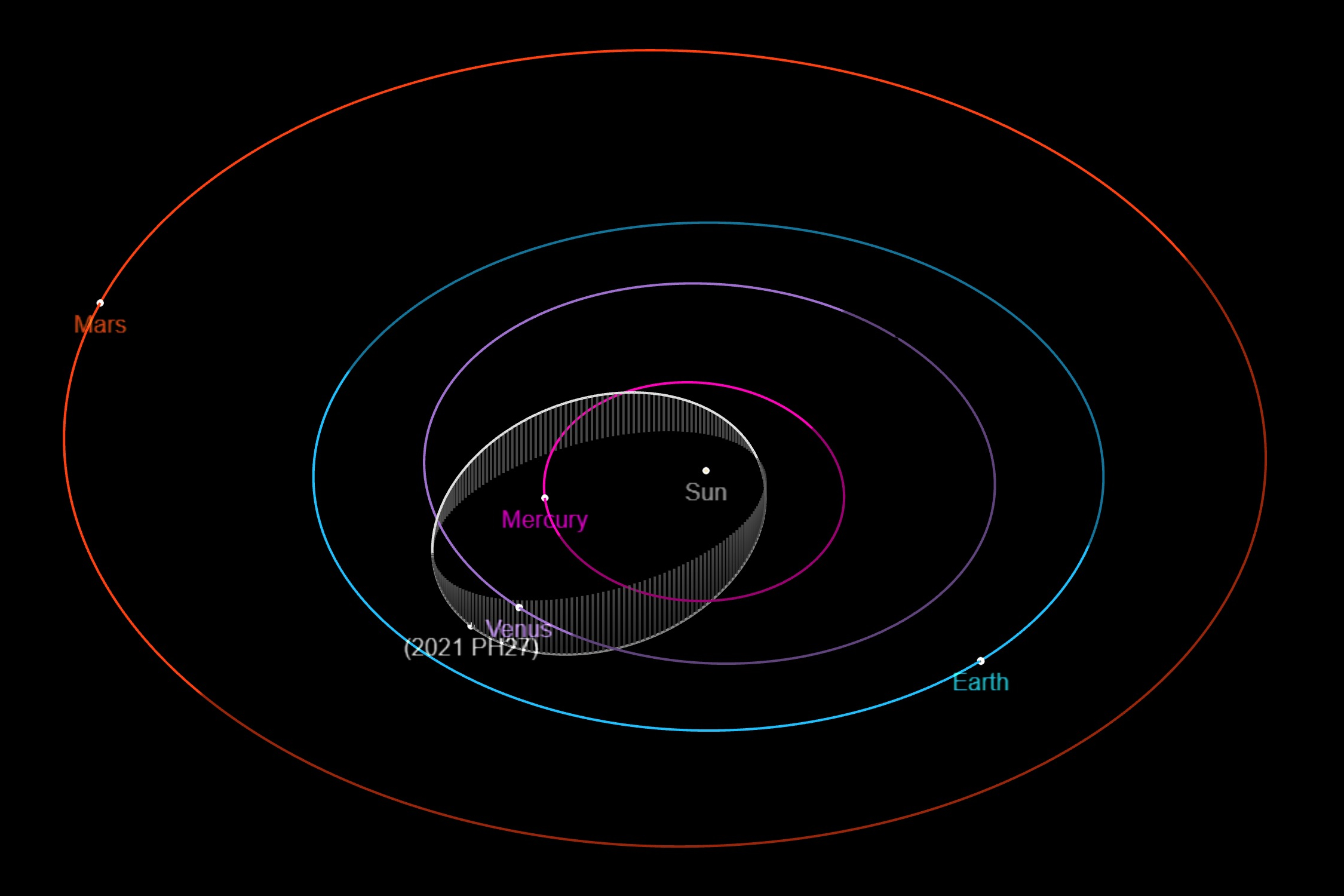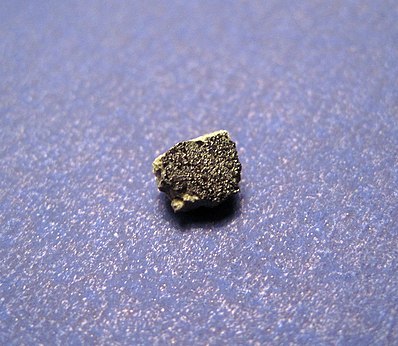https://en.wikipedia.org/wiki/Tissint_meteorite wrote:
<<On July 18, 2011, around 2 AM local time, a bright fireball was observed by several people in the Oued Drâa valley, east of Tata, Morocco. One observer reported that the fireball was initially yellow in color, then turned green, illuminating the entire area before it appeared to break into two pieces; two sonic booms were heard over the valley. In October 2011, nomads began to find very fresh, fusion-crusted stones in a remote area of the Oued Drâa intermittent watershed. The Tissint meteorite was named after the town of Tissint, 48 kilometres away from the fall site. Dozens of fragments with masses ranging from 0.2 to 1,282 grams were collected, totaling roughly 12–15 kilograms.
The meteorite was ejected from the surface of Mars between 700,000 and 1.1 million years ago. Tissint appears to be derived from a deep mantle source region that was unlike any of the other known Martian shergottite meteorites. The material is highly shocked and indicates it was ejected during the largest impact excavation in record. Given the widely dispersed shock melting observed in
Tissint, alteration of other soft minerals (carbonates, halides, sulfates and even organics), especially along grain boundaries, might have occurred. This may in part explain the lack of such minerals in
Tissint, but it is unknown if it is of biotic origin.
The meteorite fragments were recovered within days after the fall, so it is considered an "uncontaminated" meteorite. The meteorite displays evidence of water weathering, and there are signs of elements being carried into cracks in the rocks by water or fluid, which is something never seen before in a Martian meteorite. Specifically, scientists found carbon and nitrogen-containing compounds associated with hydrothermal mineral inclusions. One team reported measuring an elevated carbon-13 ratio, while another team reported a low
13C ratio as compared to the content in Mars' atmosphere and crust, and suggested that it may be of biological origin, but the researchers also noted that there are several geological processes that could explain that without invoking complex life-processes; for example, it could be of meteoritic origin and would have been mixed with Martian soil when meteorites and comets impact the surface of Mars, or of volcanic origin.
The data on refractory trace elements, sulfur and fluorine as well as the data on the isotopic composition of nitrogen, argon and carbon released upon heating from the matrix and glass veins in the meteorite unambiguously indicate the presence of a Martian surface component including trapped atmospheric gases. So, the influence of in situ Martian weathering can be distinguished from terrestrial contamination in the meteorite. The Martian weathering features in Tissint are compatible with the results of spacecraft observations of Mars, and
Tissint has a cosmic ray dating exposure age of 0.7 ± 0.3 Ma—consistent with the reading of many other shergottites, notably EETA79001, suggesting that they were ejected from Mars during the same event.
The overall composition of the Tissint meteorite corresponds to that of aluminium-poor ferroan basaltic rock, which likely originated as a result of magmatic activity at the surface of Mars. These basalt then underwent weathering by fluids, which deposited minerals enriched in incompatible elements in fissures and cracks. A later impact on the surface of Mars melted the leached material forming black glassy veins.
Finally shergottites were ejected from Mars about 0.7 million years ago.>>
 Orbits of Potentially Hazardous Asteroids
Orbits of Potentially Hazardous Asteroids





